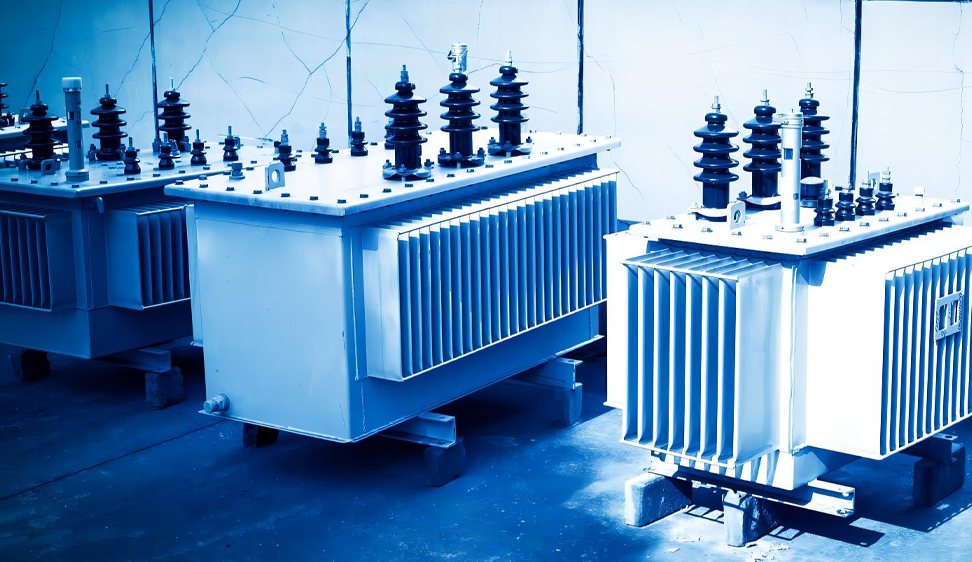Transformers‘ types, functions, and significance in our daily lives
2024-04-17

Electrical transformers are an essential component of our modern world, playing a crucial role in the distribution and transmission of electricity. From stepping up or stepping down voltage to converting current, transformers are the unsung heroes of the electrical grid. In this blog, we will delve into the world of transformers, exploring their different types, functions, and significance in our daily lives.
Types of Transformers
There are various types of electrical transformers, each serving a specific purpose in the electrical system. The most common types include power transformers, current transformers, step-up transformers, step-down transformers, low voltage transformers, and 3-phase transformers. Each type is designed to perform a unique function, whether it's increasing voltage for long-distance transmission or reducing voltage for safe use in homes and businesses.
Power Transformers
Power transformers are the workhorses of the electrical grid, responsible for transmitting electricity over long distances. These transformers step up the voltage at the power plant for efficient transmission and then step it down for distribution to homes and businesses. Without power transformers, the electricity generated at power plants would not be able to reach our homes and power our appliances.
Current Transformers
Current transformers measure and monitor electrical currents in power systems. They play a crucial role in protecting equipment and ensuring the safety and efficiency of electrical systems. By accurately measuring current flow, these transformers help prevent overloads and short circuits, ultimately contributing to the reliability of the electrical grid.
Potential transformer
A potential transformer, known as a PT, is a device used in power systems to transform voltage. It changes high voltage levels to lower ones for measurement and protection. By having a small load, it keeps a precise voltage ratio and phase alignment, guaranteeing accurate secondary metering.
Step-Up and Step-Down Transformers
Step-up transformers are designed to increase voltage, making them essential for long-distance transmission of electricity. On the other hand, step-down transformers reduce voltage to a safe and usable level for residential and commercial applications. Both types of transformers are integral to the efficient and safe distribution of electricity.
Low Voltage Transformers
Low-voltage transformers are commonly used in residential and commercial settings to power lighting, appliances, and other electrical devices. They ensure that the voltage supplied to these devices is at a safe and manageable level, protecting both the equipment and the users.
3-Phase Transformers
3-phase transformers are specifically designed to handle three-phase power systems, which are commonly used in industrial and commercial settings. These transformers play a critical role in balancing and distributing power across the three phases, ensuring a stable and efficient supply of electricity to large-scale operations.
The Significance of Transformers
Transformers are the backbone of the electrical infrastructure, enabling the efficient generation, transmission, and distribution of electricity. With transformers, the electricity generated at power plants would be usable at the consumer level. These devices make it possible to harness and utilize electrical energy safely and effectively, powering our homes, businesses, and industries.
Innovations in Transformer Technology
As technology continues to advance, so does the field of transformer technology. Engineers and researchers are constantly working on developing more efficient and sustainable transformer designs, aiming to improve the reliability and performance of electrical systems. From smart transformers that incorporate advanced monitoring and control capabilities to eco-friendly designs that reduce energy losses, the future of transformers is filled with exciting possibilities.
In conclusion, electrical transformers are the unsung heroes of the electrical grid, playing a vital role in the generation, transmission, and distribution of electricity. From power transformers that enable long-distance transmission to low-voltage transformers that power our everyday devices, these devices are essential to our modern way of life. As we look to the future, continued innovation in transformer technology promises further to enhance the efficiency and sustainability of our electrical systems.





